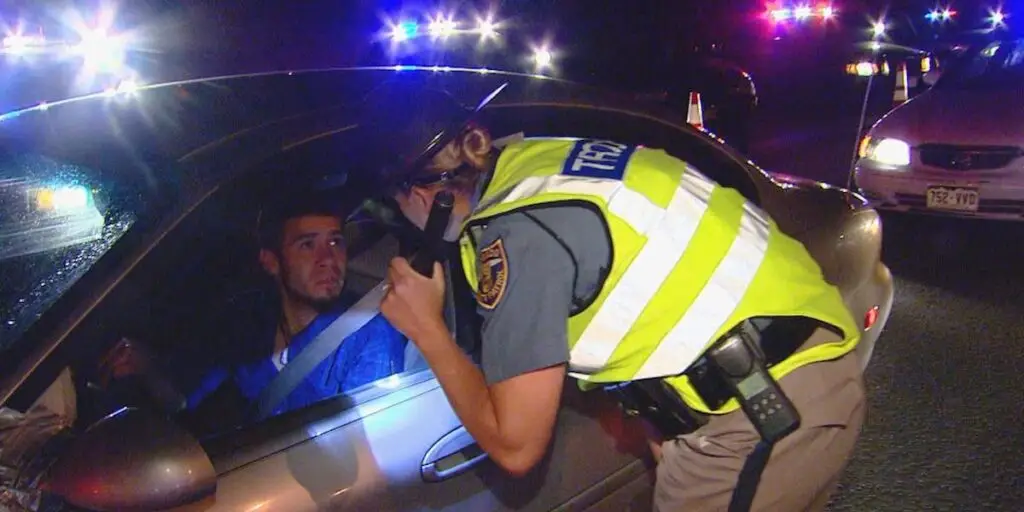Today’s generation of teens is growing up in an at-risk environment. The risks that they face are wide and varied. And if cultural pressures are not enough, the adolescent years include a biological bent toward risk-taking. As the world of science has provided us with greater insight into the teen brain, we have become aware of the fact that kids are simply wired for taking risks. Unfortunately for parents, today’s kids seem to have a broader risk menu to choose from than previous generations.
Both kids and parents grapple with risks daily. There are no easy answers. We cannot remove all risks from our kids’ lives, nor guarantee that our kids will never take risks. However, there are actions that parents can take to help minimize risk factors and the impact of crisis situations in our kids’ lives. Here are seven actions I encourage you to take:
1. Set Parental Standards. Setting standards and maintaining consistent discipline is not the only factor in deterring at-risk behaviors, but it’s one of the most important.
2. Establish Regular Family Times Together. This can be as simple as making sure your family eats dinner together regularly. Research has found that kids who participate in regular family meals reduce their likelihood to engage in at-risk behaviors. The meal itself isn’t the point. The secret is simply found in having regular family time.
3. Promote Involvement in Positive Activities. Positive involvements often keep kids from getting into trouble. Kids least likely to get into trouble spend one or more hours a week in sports, clubs, music, drama, or other positive extracurricular activities.
4. Encourage Positive Peer Influence. Parents can often evaluate which direction their kids are headed by simply knowing who their kids’ friends are. Monitor your kids’ friendships and encourage those friendships that are positive in nature.
5. Promote Sexual, Drug, and Alcohol Restraint. Kids who postpone sexual activity and choose not to experiment or regularly use drugs or alcohol reduce their potential for experiencing crisis significantly.
6. Promote a Positive School Environment. Do everything you can to help provide your kids with a positive school experience, from monitoring homework and classroom activities to involvement in anti-bullying initiatives and school crisis planning.
7. Encourage and Model the Priority of Spiritual Development. Church involvement and the development of spiritual life cannot be overlooked as major factors in preventing at-risk behavior.



